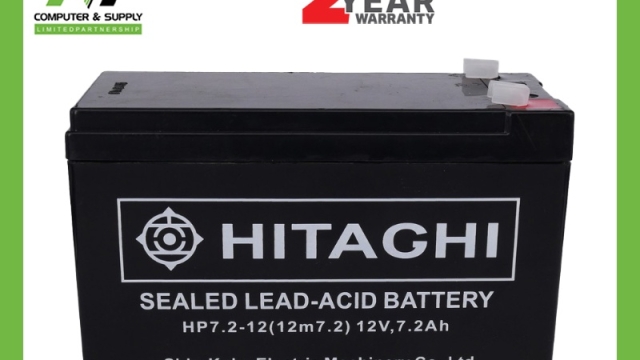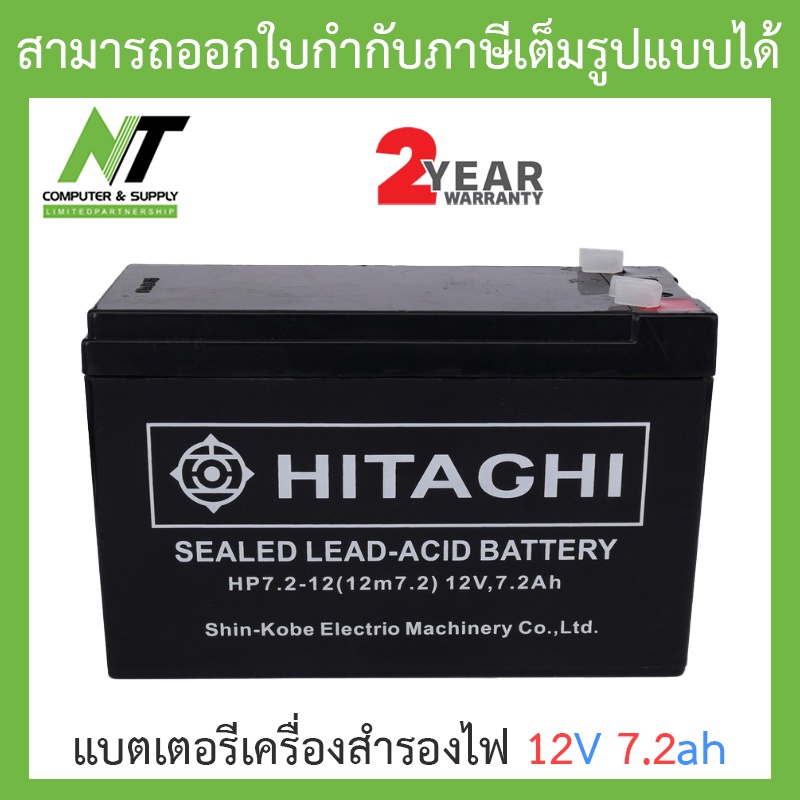Power Uninterrupted: The Ultimate Guide to UPS Batteries
In today’s fast-paced world, ensuring a reliable power supply is more critical than ever. Uninterruptible Power Supply systems, commonly known as UPS, play a vital role in protecting our electronic devices and preserving data during unexpected outages. At the heart of every UPS system lies the battery, a crucial component that guarantees power is available when you need it the most. Understanding UPS batteries is essential for individuals and businesses alike who want to maintain uninterrupted operations.
This guide delves into the various aspects of UPS batteries, exploring their types, functionalities, and the best practices for maintenance and replacement. Whether you are a home user looking to safeguard your computer or a business seeking to protect sensitive equipment, having the right knowledge about UPS batteries can make all the difference. Join us as we navigate this important topic and empower you to make informed decisions for your power management needs.
Types of UPS Batteries
When it comes to UPS batteries, there are several primary types, each with its own advantages and specific applications. The most commonly used batteries in UPS systems are Valve Regulated Lead Acid (VRLA) batteries, which include Absorbed Glass Mat (AGM) and Gel batteries. VRLA batteries are favored for their low maintenance requirements and ability to provide reliable power support during outages. They are sealed and do not require regular watering, making them ideal for environments where access to the battery system may be limited.
Another type of UPS battery is Lithium-ion. Over the years, the popularity of lithium-ion batteries has surged due to their higher energy density, lighter weight, and longer lifespan compared to traditional lead-acid batteries. They also charge faster and can handle a greater number of charge-discharge cycles, making them a cost-effective choice in the long run. However, they typically come at a higher upfront cost and require specific safety measures to manage their thermal properties.
Finally, there are also Nickel Cadmium (NiCd) batteries used in certain UPS applications, particularly in industrial settings. NiCd batteries are known for their robustness and ability to perform well under extreme temperatures. They also have a long lifespan and can be recharged quickly. However, due to their relatively high cost and environmental concerns regarding cadmium, their use is less common in residential and small business applications compared to lead-acid and lithium-ion options.
Choosing the Right UPS Battery
When selecting a UPS battery, the first step is to assess your power needs. Consider the devices you want to protect during an outage and the total wattage they consume. This will help you determine the capacity of the UPS battery required. A higher capacity means longer backup power, which is essential for critical setups like servers or medical equipment where downtime can lead to significant issues.
Next, evaluate the types of UPS batteries available. The most common types are lead-acid and lithium-ion. Lead-acid batteries are still popular due to their lower cost and decent performance, especially for smaller systems. However, lithium-ion batteries have gained traction because they offer a longer lifespan, faster charging times, and a more compact design. Depending on your budget and space constraints, one option may be more suitable than the other.
Lastly, consider the replacement and maintenance requirements of the UPS battery. Lead-acid batteries typically require regular maintenance and need to be replaced every three to five years, whereas lithium-ion batteries generally offer a longer life with less upkeep. It is also important to research the warranty and support offered by the manufacturer, as this can influence your long-term satisfaction with the UPS battery you choose.
Maintenance and Lifespan of UPS Batteries
Proper maintenance is crucial for maximizing the lifespan of UPS batteries. Regular inspection is essential to identify any signs of wear or damage. Check for loose connections, corrosion on terminals, and any leaks that may indicate a failing battery. Keeping the battery clean and ensuring that there is proper ventilation can help prevent overheating, which can significantly reduce battery efficiency and lifespan.
The charging cycle plays a vital role in maintaining UPS batteries. It is important to follow the manufacturer’s guidelines regarding charging times and intervals to avoid overcharging or undercharging. Overcharging can lead to battery damage and decreased capacity, while undercharging can leave the battery unable to provide sufficient power during an outage. Monitoring the battery’s age and performance metrics will also inform you when it is time to replace the batteries to ensure optimal operation of your UPS system.
Generally, the lifespan of UPS batteries ranges from three to five years, but this can vary depending on usage, environmental conditions, and maintenance practices. Keeping the batteries in a cool, dry environment will promote longevity and efficiency. Additionally, utilizing a smart UPS system that includes battery health monitoring features can help you stay ahead of potential issues, ensuring continuous power supply when needed.



